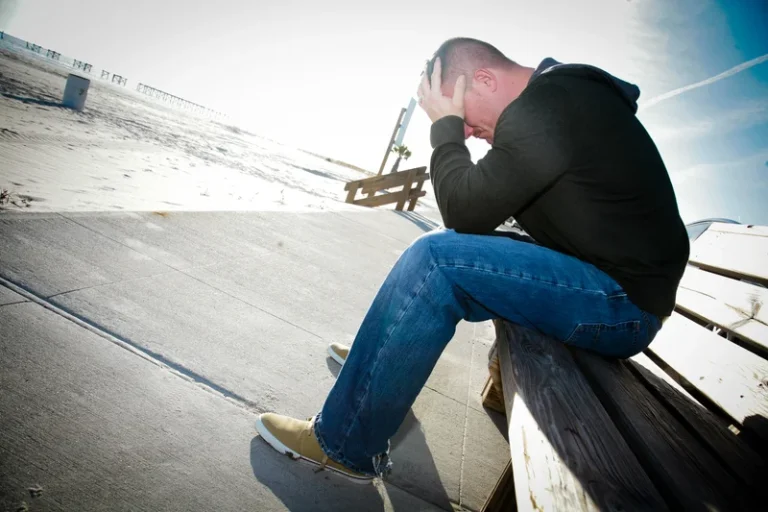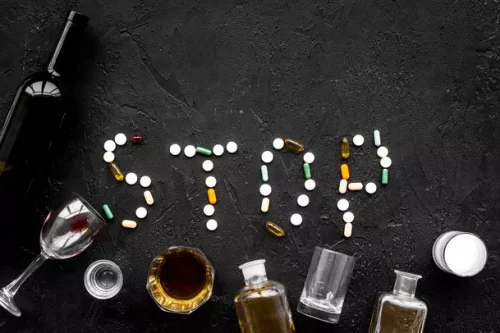However, certain residential facilities may also offer extended stays for an additional fee, provided the patient is showing positive signs of recovery. Both inpatient and outpatient drug rehab programs typically include some combination of counseling and group therapy to address the psychological aspects of addiction. These therapies help individuals understand the root causes of their addiction, develop coping mechanisms, and build a healthier mindset. Rehab programs for drug and alcohol treatment may be in the form of inpatient or outpatient care. People in inpatient programs often undergo long-term treatment for relapse prevention.
Can addiction be treated successfully?
Throughout the first month or so, cravings will gradually decrease after the acute withdrawal symptoms have subsided. Between months two and four of sobriety, people typically “hit a wall” where depression overcomes the individual, often causing cravings to return. Acute withdrawal symptoms typically subside within the first one to two weeks after the person’s last use.
The Drug Abuse Timeline
- Between months two and four of sobriety, people typically “hit a wall” where depression overcomes the individual, often causing cravings to return.
- When considering how long is drug rehab, it is important to factor in elements such as addiction severity, any existing conditions and individual progress.
- MAT programs are available at both the inpatient and outpatient levels and use FDA-approved medications combined with therapy to treat opioid use disorder (OUD) and alcohol use disorder (AUD).
- Many of the same techniques used in individual therapy are used in group therapy, such as psychoeducation, motivational interviewing, and skill development.
- These types of programs offer time to get through any physical withdrawal symptoms you may experience and will allow you to start establishing relapse prevention techniques.
Plans that cover treatment for both mental health and substance use matters may offer a broader range of recovery services, allowing users to stay in care longer than other plans might allow. Conversely, some insurance companies how long is drug rehab only approve short-term programs, meaning it could limit the duration one has access to these resources. One of the most common types of residential drug rehabilitation is the traditional 28-day rehab program.

Relative Recovery Timelines of Common Drugs of Abuse
- Once those are under control, they might move to Inpatient Rehab to work on underlying issues and behaviors.
- Peer support groups, including 12-step groups like Alcoholics Anonymous or Narcotics Anonymous, as well as SMART Recovery or Celebrate Recovery, may be right for you.
- The residential drug rehabilitation timeline for most treatment programs is very similar, regardless of which program or facility that you enter.
- Rehab time often has a specific structure depending on the patient’s needs.
- The rehab process is a structured journey created to guide you through four stages of complete rehabilitation.
- For instance, nature therapy might involve guided hikes through scenic landscapes, where clients can find peace and clarity in the natural environment.
All these resources provide assistance for those searching for help while they strive towards long term sobriety. When considering how long is drug rehab, it is important to factor in elements such as addiction severity, any existing conditions and individual progress. The exact length needed for each person may be different due to these specific factors. By understanding what will happen during treatment, you can be prepared for the challenges ahead.
What is substance use disorder?

The fear of continued failure discourages many people from pursuing drug rehab, but a treatment program is not like quitting on your own. As the treatment portion of a person’s recovery ends, it’s important to have an aftercare plan to help maintain recovery and sobriety and prevent relapse. The treatment facility and its team of professionals will help a person develop an aftercare plan, which may include additional programs and services to continue after inpatient treatment. This may include attending support groups, continuing therapy and other resources to support the individual.
- Once you’ve identified them, the therapist will teach you how to cope with them in a constructive way.
- The cleansing of drugs or alcohol from the body is a major part in rehab that helps to create an environment for long term recovery and sobriety.
- If you or anyone you know is undergoing a severe health crisis, call a doctor or 911 immediately.
- Get professional help from an online addiction and mental health counselor from BetterHelp.
- Addiction treatment typically lasts 30 days, but some programs last 60 or 90 days.
